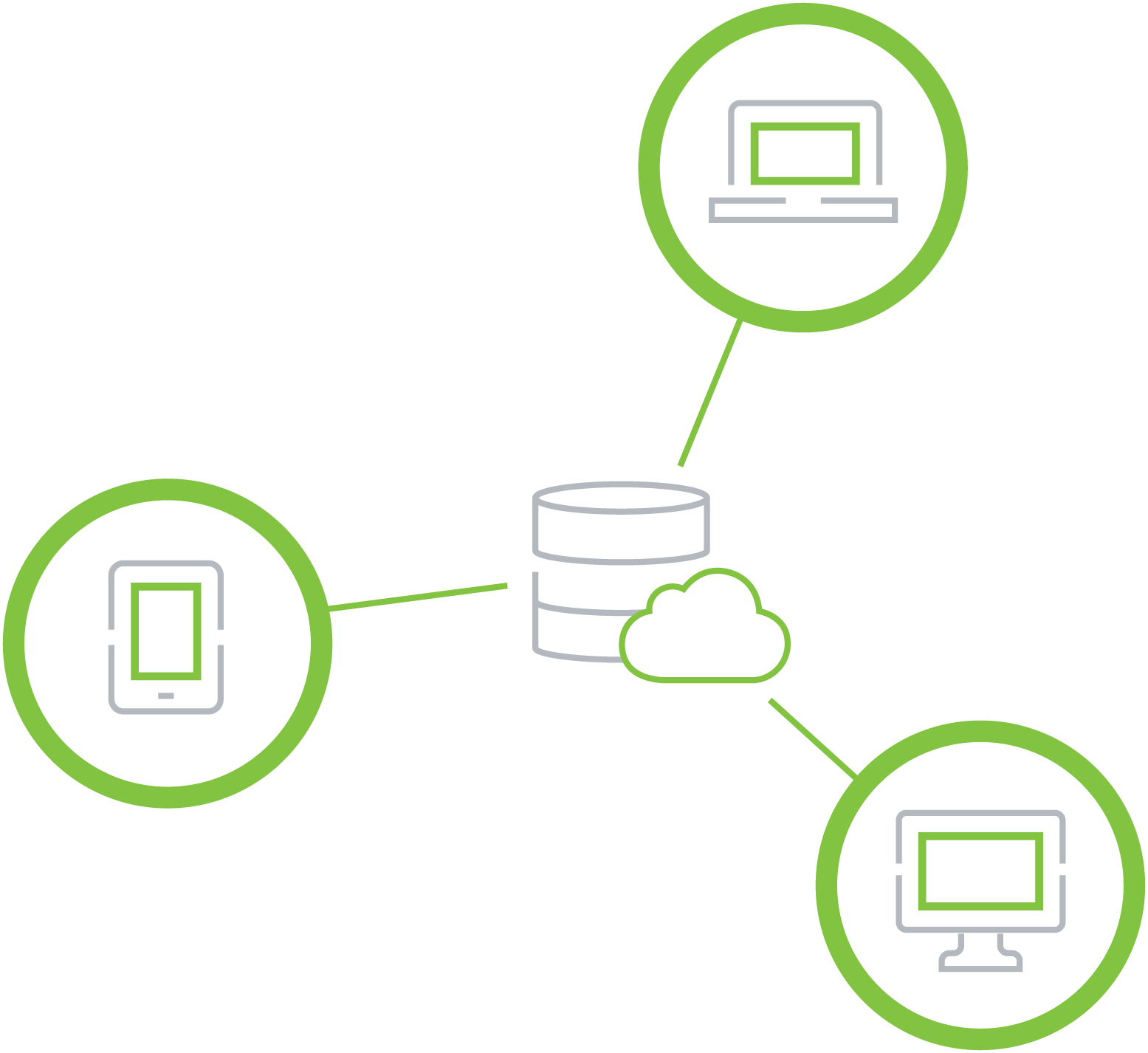In today’s digital landscape, data is one of the most valuable organizational assets—making its protection a top priority. As businesses face increasing threats to data integrity and system uptime, hybrid backup strategies have emerged as a powerful solution that merges the best of both on-premise and cloud storage.
By combining local infrastructure with cloud-based solutions, hybrid backups offer greater resilience, faster recovery times, and scalability. This dual approach enables organizations to retain high-speed access to critical data on-site, while ensuring long-term, secure backups in the cloud for disaster recovery and redundancy.
Why Hybrid Backup Matters
Hybrid backup systems bring together the speed and control of local backups with the scalability and disaster protection of the cloud. This strategic blend creates a comprehensive safety net for business data.
1. Faster Recovery and Stronger Disaster Resilience
Local backups allow for rapid data recovery, minimizing downtime during minor disruptions. Meanwhile, cloud storage acts as a secondary, off-site repository to safeguard against more catastrophic events like fires, floods, or system-wide outages. With data stored in two separate locations, the risk of total data loss is drastically reduced.
Maintaining large-scale physical infrastructure can be costly due to equipment, power, and upkeep. Hybrid strategies allow businesses to store high-priority data on-premise for quick access while shifting less critical data to the cloud. This results in lower infrastructure costs and more efficient use of storage resources—paying only for what’s used in the cloud.
3. Regulatory Compliance Flexibility
Industries such as legal, healthcare, and finance must meet strict data governance and location-specific regulations. Hybrid backup systems give organizations the ability to store sensitive data locally (to comply with privacy and legal requirements) while using the cloud for non-sensitive information—ensuring regulatory compliance across regions.
Example: A law firm stores confidential client files locally to comply with legal privacy standards while backing up non-critical documents in the cloud—achieving security, compliance, and cost-efficiency.
4. Greater Operational Agility
Hybrid systems provide flexible options for storage, scheduling, and disaster recovery. Businesses can customize their backup strategies to meet the demands of various departments, data types, and operational workloads—enabling smooth scaling as data grows.
Challenges of Hybrid Backup Implementation
While hybrid backup offers major advantages, businesses must navigate certain technical and operational challenges:
1. Integration Complexity
Seamless integration between on-premise infrastructure and cloud services can be difficult. Without the right tools or planning, inconsistencies like data gaps or outdated backups may occur. Achieving synchronization across platforms is essential to maintain data accuracy.
2. Data Synchronization
Real-time or near-real-time data syncing between local and cloud systems is necessary to ensure consistency. If systems fall out of sync, recovery may fail or result in incomplete data. Automation and intelligent data management software are key to resolving this challenge.
3. Security Variations
Security protocols differ between on-premise and cloud environments. To ensure safe data transmission and storage, businesses must implement strong end-to-end encryption, access controls, and authentication procedures across both platforms.
4. Network Latency
Transferring large files between on-site and cloud systems can cause performance issues if bandwidth is limited. This leads to slower backups and longer recovery times. Optimized network infrastructure and smart scheduling can reduce these bottlenecks.
5. Backup Scheduling and Validation
Poorly planned backup schedules can overload systems or lead to gaps in protection. Regular auditing and validation of backup data are essential to ensure recovery success and to detect any discrepancies early.
Maximizing the Hybrid Backup Advantage
To fully leverage the power of a hybrid backup strategy, expert guidance and proper system design are crucial.
1. Customized Strategy Development
A qualified backup partner can assess your business requirements and tailor a hybrid solution that aligns with your operational goals, security needs, and compliance standards.
2. Seamless Integration Support
Professionals help configure secure, efficient connections between on-premise systems and the cloud. This ensures smooth data flow, eliminates sync errors, and provides real-time backup capabilities without operational friction.
3. Ongoing Monitoring and Optimization
Continuous monitoring of backup performance allows for early detection of issues such as security vulnerabilities, slow backup speeds, or system faults. Proactive maintenance keeps the system reliable and responsive.
4. Preventative Maintenance and Updates
Security patches, performance enhancements, and system refinements are part of routine upkeep by expert teams—ensuring the hybrid solution remains robust and future-ready.
Conclusion
Hybrid backup strategies offer the ideal balance of speed, control, scalability, and data redundancy. By combining on-premise and cloud storage, businesses can achieve faster recovery, stronger compliance, and smarter cost management—despite the complexities of integration and synchronization.
With professional implementation and oversight, hybrid backups deliver maximum resilience and business continuity.
Ready to safeguard your operations with a hybrid backup system? Contact us today to learn how to integrate on-premise and cloud solutions into a single, powerful data protection strategy.






